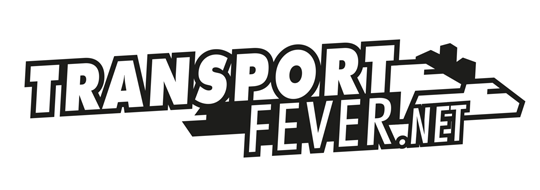ich habs ja mit deinem tool erstellt, da kam eigentlich alles in deutsch... nix mit con. Alle andere Industrien funzen ja.. nur die doofe Stahlfabrik will nicht wirklich.
Ich könnte dir sonst gerne die Karte inkl. Map.lua senden.. damit Du vielleicht siehst wo der Fehler sein könnte.


